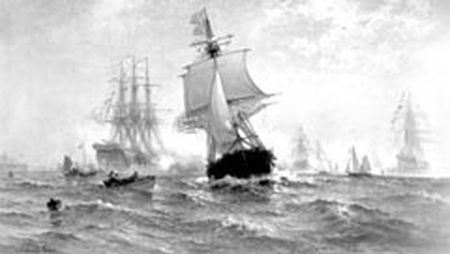See also: Guilford Courthouse, Battle of; Loyalists; Moore's Creek Bridge, Battle of; Resolves, Prerevolutionary; Rutherford's Campaign; Wilmington Campaign of 1781; U.S. Revolution; Bicentennial Observance; Daughters of the American Revolution

The American Revolution was fought on several critical battlefronts across North Carolina and near its borders, altering the lives of all North Carolinians and creating social and political upheaval within practically every community. The progression to full-scale war in North Carolina, as in other American colonies, was a slow process marked by years of emerging unrest among its citizens. Crises such as the violent resistance to the 1765 Stamp Act-as well as the adoption of anti-British documents, or "resolves," by some local political leaders who believed England's economic policies toward the colonies to be unfair and overly punitive-created a spirit of revolution well before any significant battles took place within the province. By the time war erupted after the bloodshed in Lexington and Concord, Mass., on 19 Apr. 1775, which left the British with 273 dead, wounded, or missing compared to 100 American casualties, many North Carolinians had already been anticipating the fight to gain their independence.